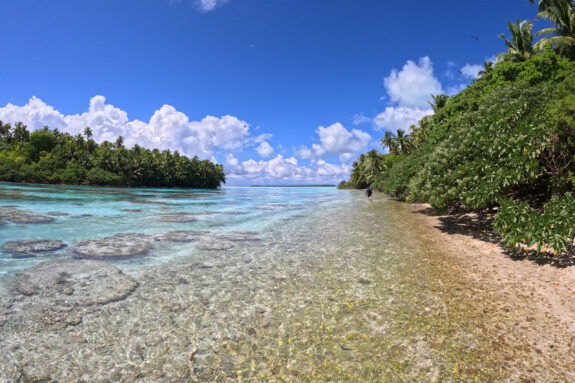The professionals who predict the future for a living

Everywhere from business to medicine to the climate, forecasting the future is a complex and absolutely critical job. So how do you do it—and what comes next? MIT EAPS alum Inez Fung weighs in.
Read the full story at MIT Technology Review
Inez Fung
Professor of atmospheric science, University of California, Berkeley
I’ve spoken to people who want climate model information, but they’re not really sure what they’re asking me for. So I say to them, “Suppose I tell you that some event will happen with a probability of 60% in 2030. Will that be good enough for you, or will you need 70%? Or would you need 90%? What level of information do you want out of climate model projections in order to be useful?”
I joined Jim Hansen’s group in 1979, and I was there for all the early climate projections. And the way we thought about it then, those things are all still totally there. What we’ve done since then is add richness and higher resolution, but the projections are really grounded in the same kind of data, physics, and observations.
Still, there are things we’re missing. We still don’t have a real theory of precipitation, for example. But there are two exciting things happening there. One is the availability of satellite observations: looking at the cloud is still not totally utilized. The other is that there used to be no way to get regional precipitation patterns through history—and now there is. Scientists found these caves in China and elsewhere, and they go in, look for a nice little chamber with stalagmites, and then they chop them up and send them back to the lab, where they do fantastic uranium-thorium dating and measure oxygen isotopes in calcium carbonate. From there they can interpret a record of historic rainfall. The data are incredible: we have got over half a million years of precipitation records all over Asia.
I don’t see us reducing fossil fuels by 2030. I don’t see us reducing CO2 or atmospheric methane. Some 1.2 billion people in the world right now have no access to electricity, so I’m looking forward to the growth in alternative energy going to parts of the world that have no electricity. That’s important because it’s education, health, everything associated with a Western standard of living. That’s where I’m putting my hopes.
Story Image: Inez Fung (Credit: Leah Fasten)


